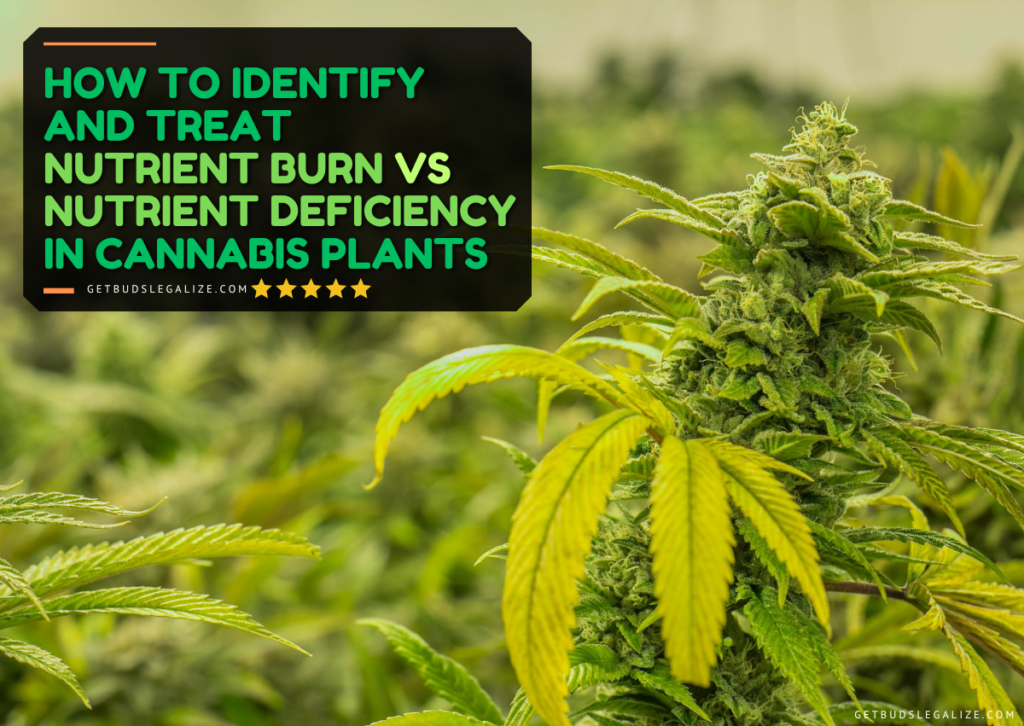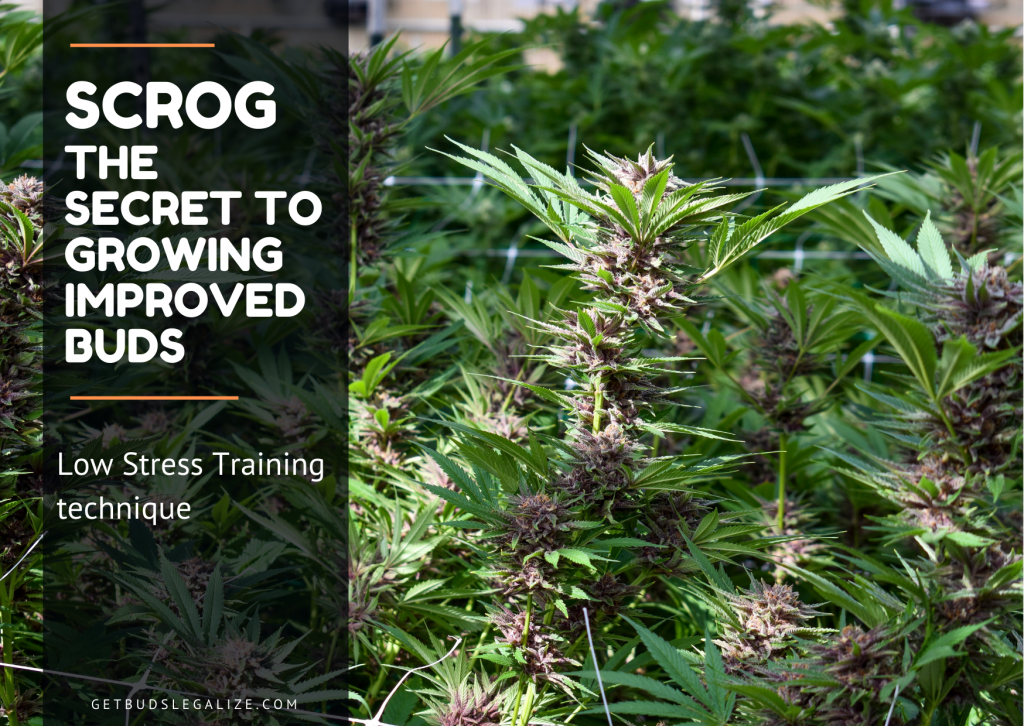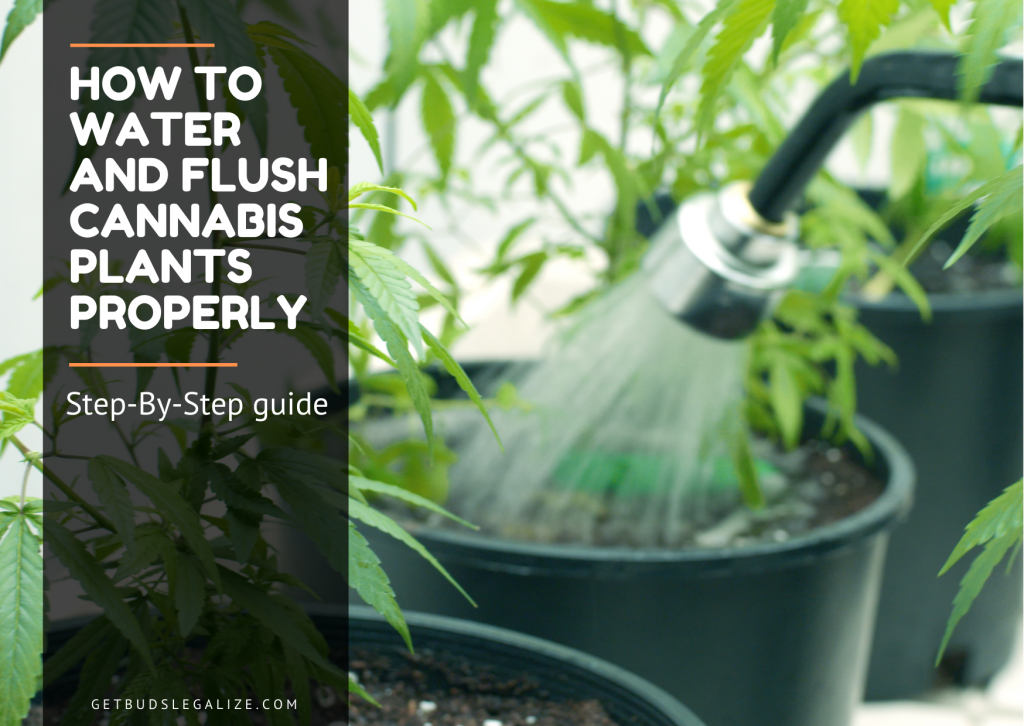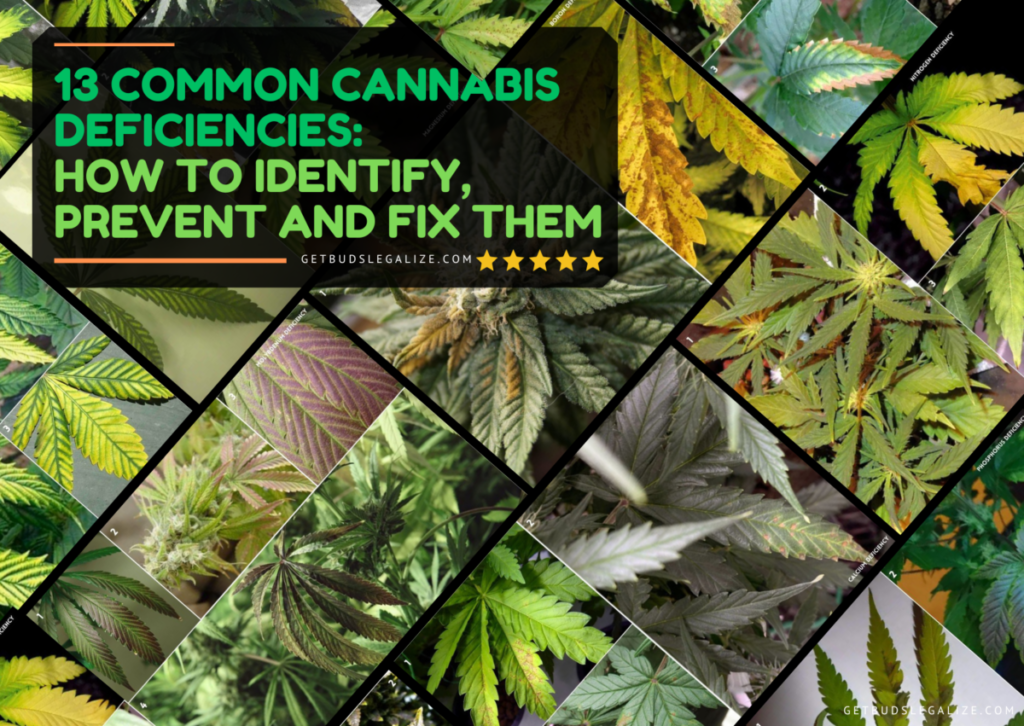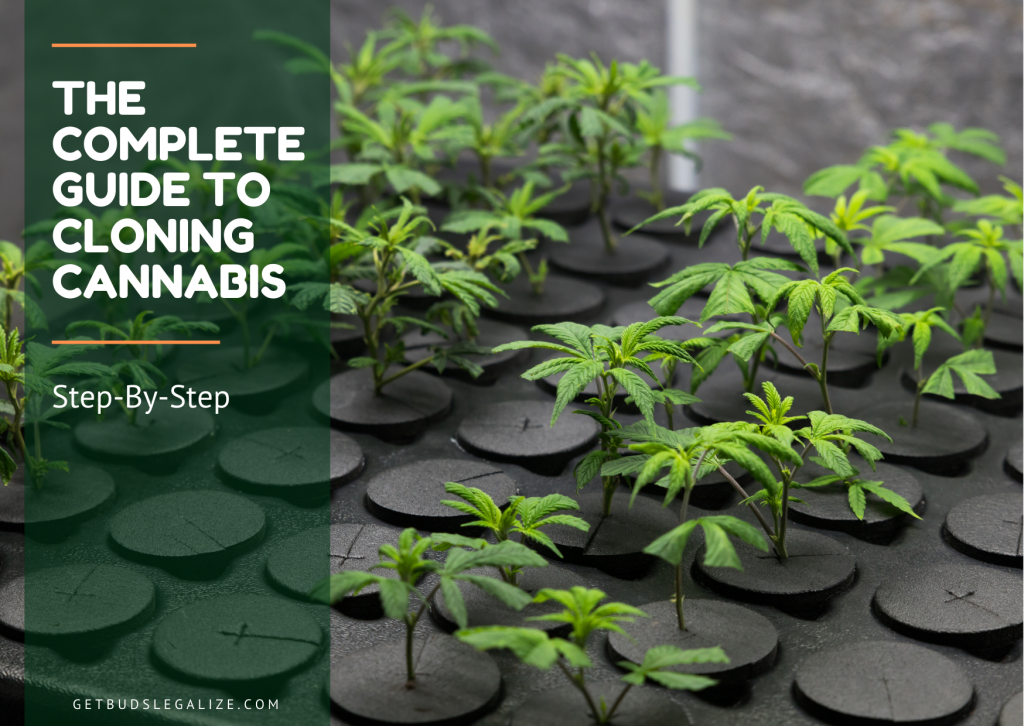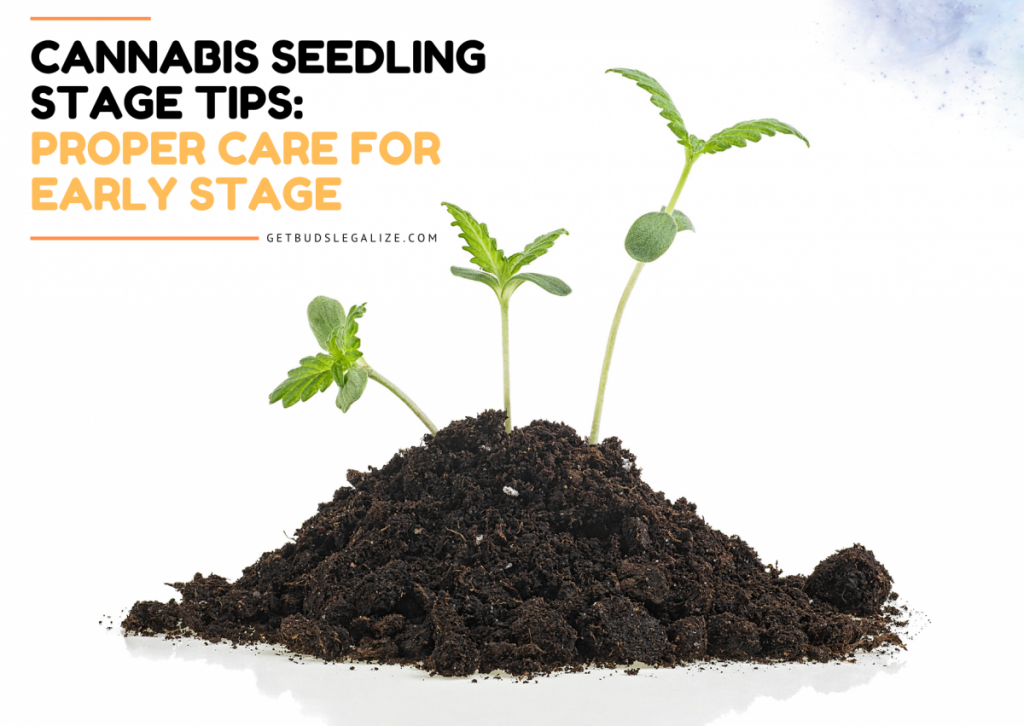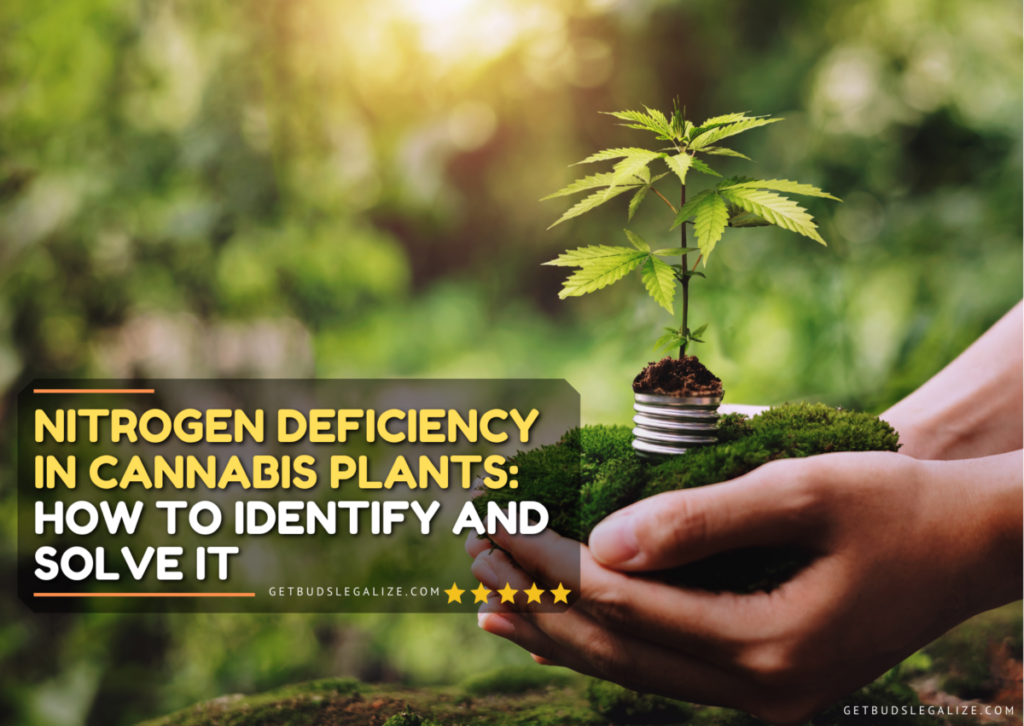How to Identify and Treat Nutrient Burn vs Nutrient Deficiency In Cannabis Plants
If you are growing plants, especially cannabis, you may encounter some issues with the health and appearance of your plants. One of the most common problems is nutrient imbalance, which can manifest as either nutrient burn or nutrient deficiency.
In this blog post, we will explain what these terms mean, what causes them, and how to recognize and then fix a nutrient burn vs nutrient deficiency.
What is the Nutrient Burn?
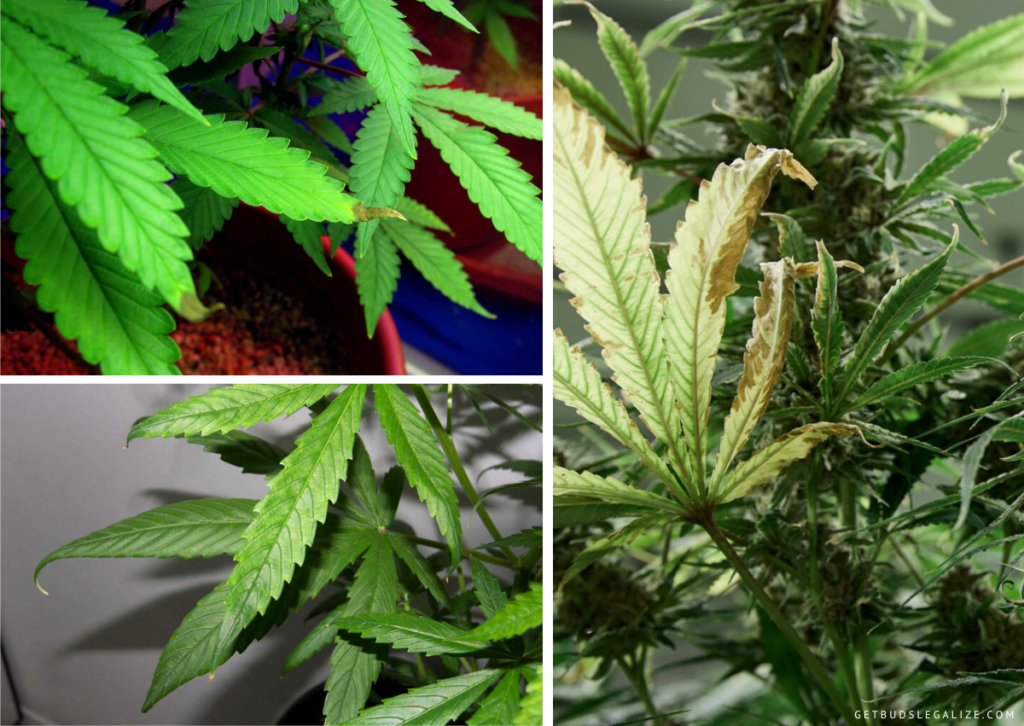
Nutrient burn is a condition where the plant absorbs more nutrients than it can use, resulting in a toxic buildup of salts and minerals in the plant tissues. This can damage the plant cells and interfere with the normal functions of the plant. Nutrient burn can affect any part of the plant, but it usually starts from the tips and edges of the leaves.
What Are The Causes of Nutrient Burn?
Nutrient burn can be caused by several factors, such as:
- Overfeeding: giving your plants more nutrients than they need or can handle. This can happen if you use too much fertilizer, or if you feed your plants too frequently.
- Incorrect pH: having a pH level that is too high or too low for your plants. This can affect the availability and uptake of nutrients by the plant roots. The optimal pH range for cannabis plants is between 6.0 and 7.0 for soil, and between 5.5 and 6.5 for hydroponics.
- Rich growing medium: using a soil or substrate that has a high nutrient content. This can make the plants get too many nutrients without needing additional fertilizer.
- Dry soil: letting the soil dry out too much between waterings. This can cause the nutrients to accumulate and become concentrated in the soil, leading to nutrient burn when the plants are watered again.
- Low light: exposing the plants to insufficient light. This can reduce the photosynthesis and growth rate of the plants, making them unable to use up the nutrients they receive.
What Are The Signs of Cannabis Nutrient Burn?
Nutrient burns can affect cannabis plants at any stage of their growth cycle, from seedling to flowering. However, the symptoms may vary depending on the severity and duration of the condition. Here are some signs to look out for:
- Leaf tips and edges turning yellow or brown
- Leaves curling or cupping downward
- Brown or burned spots on leaves
- Leaves wilting or drooping
- Plant color becoming darker green
- Growth slowing down or stunting
- Bud yield or potency decreasing
What is a Nutrient Deficiency In Cannabis?
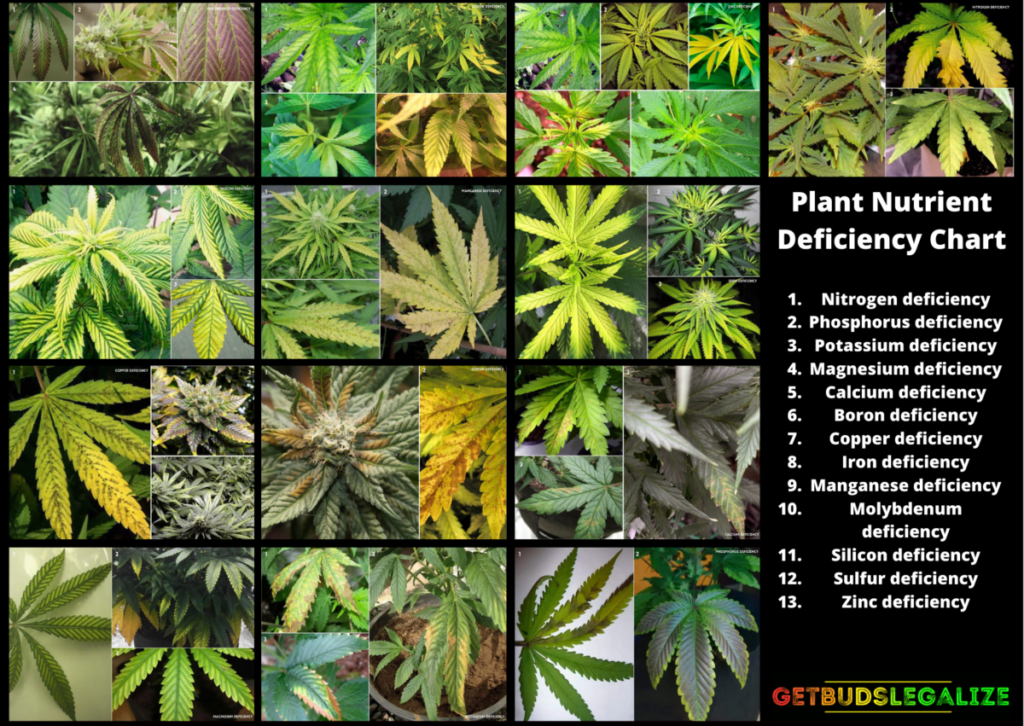
Nutrient deficiencies are a condition where the plant does not get enough nutrients to support its growth and functions. This can result in poor health and performance of the plant. Nutrient deficiency can affect any part of the plant, but it usually starts from the older leaves at the bottom of the plant.
What Are The Causes of Nutrient Deficiency?
Nutrient deficiency can be caused by several factors, such as:
- Underfeeding: giving your plants less nutrients than they need or can handle. This can happen if you forget to feed your plants regularly, use low-quality or expired fertilizers, or dilute your nutrients too much.
- Incorrect pH: having a pH level that is too high or too low for your plants. This can affect the availability and uptake of nutrients by the plant roots, leading to either excess or deficiency of certain elements.
- Low temperature: having a temperature that is too cold for your plants. This can slow down the metabolism and growth of your plants, making them use fewer nutrients than they normally would. This can create a deficiency of some nutrients, especially nitrogen.
- Poor quality soil: This refers to soil that is low in organic matter, has poor drainage, or is contaminated with salts or heavy metals. Poor quality soil can limit the supply and mobility of nutrients to the plants.
How to Recognize a Nutrient Burn vs Nutrient Deficiency In Marijuana Plants?
Nutrient Deficiency Chart
| Plant Symptoms | N | P | K | Ca | S | Mg | Fe | Mn | B | Mb | Zn | Cu | Over Fertilized |
| Upper Leaves Yellow |
| Yes | Yes | ||||||||||
| Middle Leaves Yellow | Yes | ||||||||||||
| Lower Leaves Yellow | Yes | Yes | Yes | Yes | |||||||||
| Reddish Stems | Yes | Yes | Yes | Yes | |||||||||
| Necrosis | Yes | Yes | Yes | Yes | Yes | ||||||||
| Spots | Yes | ||||||||||||
| Dead Shoots | Yes | ||||||||||||
| White Leaf Tips | Yes | Yes | |||||||||||
| Stunted Growth | Yes | Yes | |||||||||||
| Yellow Tips | Yes | ||||||||||||
| Twisted Growth | Yes | ||||||||||||
| Deformed New Growth | Yes |
Both are forms of nutritional imbalance but have opposite causes and effects. Here are some tips on how to distinguish a nutrient burn vs nutrient deficiency:
To recognize nutrient burn, look for these signs:
- Leaf tips turn yellow or brown and look like they are burnt. This is because the plant tries to get rid of the excess nutrients by sending them to the edges of the leaves.
- Leaves turn a deep or oversaturated green color. This indicates over-fertilization and can affect the quality and potency of the buds.
- Leaves start to curl or bend downwards or in different directions. This is a sign of stress and damage to the roots and leaves.
To recognize nutrient deficiency, look for these signs:
- Leaves turn pale green or yellow, especially at the bottom of the plant. This is because the plant draws nutrients from the older leaves to support the newer growth.
- Leaves develop purple, red, or brown spots or patches. This indicates a lack of specific nutrients, such as phosphorus, potassium, calcium, or magnesium.
- Leaves fall off easily or prematurely. This is a sign of severe nutrient deficiency and can affect the overall growth and development of the plant.
How Do You Fix Nutrient Burn?

Here are some steps you can take to fix nutrient burn in your plants:
1. Flush your soil:
The first thing you need to do is flush your soil with clean water to remove any excess salts or nutrients that may be causing the nutrient burn. You can use a flushing agent to help dissolve and wash away any buildup. Flushing your soil will also help restore the pH balance and improve the drainage and aeration of your soil.
2. Remove damaged leaves:
The next step is to prune off any leaves that show signs of nutrient burn, such as yellowing, browning, curling, or crisping. This will prevent further damage and allow your plants to focus on recovery. You can use a sharp pair of scissors or pruning shears to cut off the affected leaves as close to the stem as possible.
3. Use a plant tonic:
After flushing and pruning, you can use a plant tonic to help your plants recover from nutrient burn. A plant tonic is a product that contains beneficial ingredients such as silver nitrate, humic and fulvic acids, vitamins, and minerals that can boost the health and vitality of your plants. You can apply a plant tonic according to the instructions on the label, usually once or twice a week until your plants show signs of improvement.
4. Reduce fertilizer dosage:
When returning to regular feeding, you need to be careful not to overdo it again. You should use only ¾ strength of the recommended dosage of fertilizer to avoid burning your plants again. You can also use organic fertilizers that are less likely to cause nutrient burn than synthetic ones. You should always follow the directions on the fertilizer package and adjust the amount according to the size, stage, and needs of your plants.
How Do You Fix a Nutrient Deficiency?
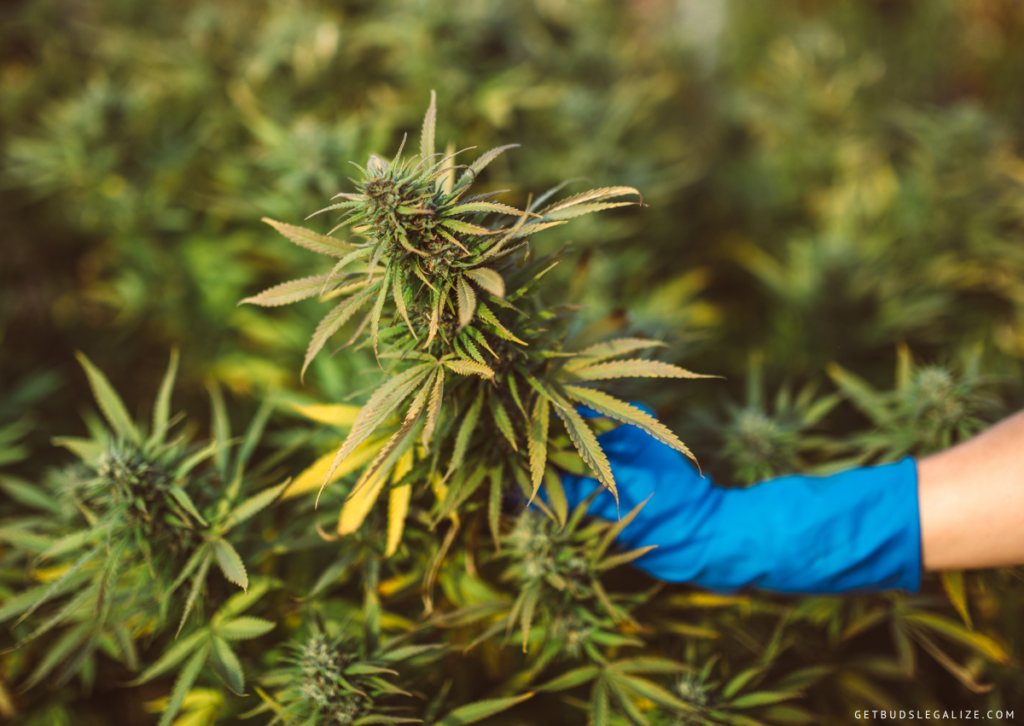
Here are some steps you can take to fix nutrient deficiency in your plants:
1. Identify the nutrient deficiency:
The first step is to diagnose which nutrient is lacking in your plants. Different nutrients cause different symptoms, so you need to observe your plants carefully and compare them with healthy ones. You can also use a soil test kit or a plant tissue analysis to confirm your diagnosis.
2. Amend your soil:
The second step is to improve the quality and fertility of your soil. You can do this by adding organic matter, such as compost, manure, or mulch, to your soil. Organic matter helps to increase the water-holding capacity, aeration, and nutrient availability of your soil. You can also adjust the pH of your soil if it is too acidic or alkaline for your plants.
3. Supplement your plants:
The third step is to provide your plants with the extra nutrients that they need. You can do this by applying fertilizers, either synthetic or organic, to your soil or directly to your plants. Fertilizers contain different ratios of nitrogen (N), phosphorus (P), and potassium (K), as well as other micronutrients, such as calcium, magnesium, iron, and zinc. You need to choose the right type and amount of fertilizer for your plants and follow the instructions on the label.
4. Monitor your plants for any signs of improvement or worsening:
The final step is to keep an eye on your plants and see how they respond to your treatment. It may take some time for your plants to recover from nutrient deficiency, depending on the severity and duration of the problem. You should also check your plants regularly for any signs of over-fertilization, such as leaf burn, salt accumulation, or nutrient toxicity.
Bottom Line
Nutrient burn and nutrient deficiency are two common problems that can affect your plants’ health and yield. By following these steps, you can fix them and restore your plants to their optimal condition.
Remember to always monitor your cannabis grow’s appearance and performance, and adjust your feeding and watering accordingly. Happy growing!
FAQs about nutrient burn vs nutrient deficiency
Nute burn is a condition that occurs when the plant receives too much fertilizer or nutrients. It causes the tips and edges of the leaves to turn yellow, brown, or crispy. Nute burn can affect the overall health and yield of the plant if left untreated.
Nutrient burn can kill your plant if it is severe and widespread. It can also make the plant more susceptible to pests, diseases, and environmental stress. However, most cases of nute burn are mild and can be corrected by flushing the soil with plain water and reducing the amount of nutrients in future feedings.
If nute burn happens late in flowering, the chances of recovery are slim. The plants are already close to harvest and they do not have enough time to repair the damaged tissues.
The best thing to do is to flush the plants with plain water for a few days to remove any excess nutrients from the soil and the roots. This will also improve the taste and aroma of the buds by reducing the chemical residues.
Flushing should be done at least two weeks before harvest to allow the plants to use up their stored nutrients and produce more resin.
This is a condition where the plant cannot absorb or use the nutrients that are available in the soil or water. This can happen if the pH level is too high or too low, or if there is a buildup of salts or minerals in the root zone. A lockout of nutrients can cause symptoms similar to nutrient burn or deficiency, depending on which nutrients are locked out. To fix nutrient lockout, you need to:
- Stop giving plants nutrients
- Flush your plants with plain water or a mild nutrient solution to wash away any excess salts or minerals from the root zone.
- Adjust the pH level of your water or soil to match the optimal range for your plants. For most plants, this is between 5.5 and 6.5 for hydroponic systems, and between 6.0 and 7.0 for soil systems.
- Feed your plants with balanced cannabis nutrients that contain all the essential elements that they need.
The best way to fix nutrient burn during flowering stage is to flush the soil with plain water for a few days until the runoff water has a normal pH and EC level.
Flushing will remove the excess nutrients from the soil and allow the plant to recover. You should also reduce the amount and frequency of feeding, and follow the recommended dosage for your nutrient solution.
If you are using organic nutrients, you may need to add some enzymes or beneficial microbes to help break down the organic matter and improve the soil quality.
Nutrient burn can be prevented by monitoring the pH and EC of your water and soil and adjusting them accordingly. You should also avoid overwatering or underwatering your plants, as this can affect their nutrient uptake. Finally, you should choose a suitable nutrient solution for your cannabis strain and stage of growth, and follow the manufacturer’s instructions carefully.
Nutrient burn is a common problem that affects plants during the vegetative stage. To treat it, you need to identify the cause and adjust your feeding schedule accordingly. Here are some steps you can follow:
- Flush the soil with plain water to remove excess nutrients and salts. Use enough water to get at least 20% runoff from the bottom of the pot. You may need to repeat this process several times until the runoff water has a normal pH and EC level.
- Reduce the amount and frequency of fertilizer you give to your plant. Follow the instructions on the label and start with a lower dose than recommended. You can gradually increase the dose as your plant recovers and shows signs of new growth.
- Monitor your plant’s condition and look for signs of improvement or worsening. If the nutrient burn is mild, you may see new green growth within a week or two. If the nutrient burn is severe, you may need to prune off the damaged leaves and stems to prevent further stress and infection.
- Prevent nutrient burn from happening again by testing your water and soil regularly, using high-quality fertilizers, and following a feeding schedule that matches your plant’s needs and stage of growth.
ILGM Fertilizer

- From seedling to harvest, give your plants everything they need.
- Enough for feeding at least 5 plants.
- Discounted Package Deal
- Works well in soil, hydroponics, and other growing mediums.
- The best way to treat your plants
ILGM Plant Protector

- Protect your cannabis from diseases and harmful pests.
- Contains three 20 ml bottles.
- Enough supplies to protect 20 plants.
- It can be used in soil, hydroponic, and all other growing mediums.

